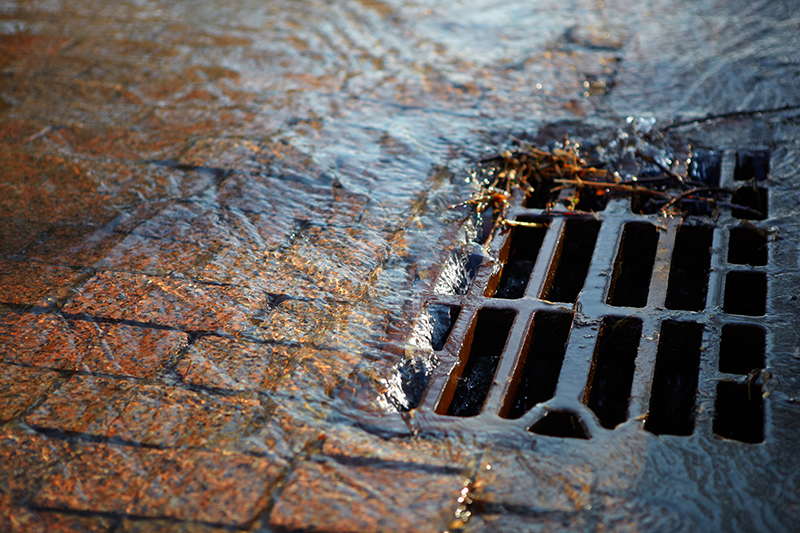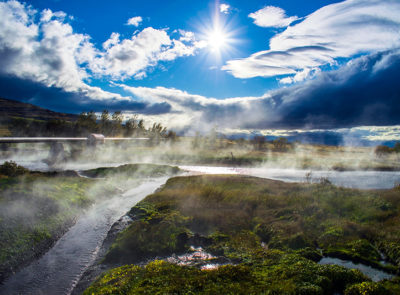
Whether you own or lease a new business or an existing one, it will be good to know if you need a stormwater permit. These five simple steps will lead you in the right direction.
Step 1 – What type of business are you?
There are some exceptions to the types of businesses that would need a stormwater permit. Because the stormwater regulations originated before the North American Industry Classification System (NAICS) coding system was put into place, you will need to know your business operations by the Standard Industrial Classification (SIC) coding system to determine if your type of business is exempted from stormwater permitting regulations. If you are exempted, you can stop reading.
Step 2 – Where does your stormwater go?
When it is raining, where does the rain flow to? Does it flow to one sewer or several? Does it discharge directly to a river, stream, lake, ditch, or the ocean? Are the sewers instead connected to a municipal sewer system? If all of your rainwaters discharge to a municipal sewer system, then you likely do not need a stormwater permit and you can stop reading, though your state may still require you to provide notification that you are exempt and the local municipality may have some additional requirements. If the discharges end up in a river, stream, lake, ditch, or ocean, then you will need to go to Step 3.
Step 3 – Where are your operations located?
If all of your operations are performed within a building or under cover, including storage of raw and final materials, you can file for a “No Exposure” Certification that exempts you from further stormwater permitting requirements. You may still be exempt if certain operations occur outside, but for these situations the potential for these operations to come into contact with stormwater will need to be eliminated before a “No Exposure” Certification would be acceptable. If your operations are performed outside and exposure to stormwater cannot be eliminated, then you will need to go to Step 4.
Step 4 – Is there a General Permit available?
If you have made it to this step, you will need a stormwater permit. However, a bit of good news is that more than likely there is a General Stormwater Permit available for your business. You would need to a file a notice that you intend to follow the General Stormwater Permit. Unfortunately, you will also be required to develop and implement a Stormwater Plan that will require inspections and training, and sometimes stormwater monitoring based on the regulatory authority and type of business you are in. If you are applicable to Step 4, you can stop reading. If a General Stormwater Permit is not available, go to Step 5.
Step 5 – Now What?
If you are at this final step, then your SIC code for your business is not exempted from stormwater permitting; your stormwater ultimately discharges to a river, stream, lake, ditch, or the ocean; your business does not have the ability to conduct all operations in a building or under cover; and there is no General Stormwater Permit available. Now what? Well, you would apply for an Individual Stormwater Permit under the National Pollutant Discharge Elimination System (NPDES) Permitting Program. The Individual Stormwater Permit will be developed based on your unique operations and will be site-specific based on your business operations and location. Similar to the General Stormwater Permitting requirements, you would also need to develop a Stormwater Management Plan. Because the Individual Stormwater Permit for your facility would be unique to your business, it would require a comprehensive application process, an extended period of time for the regulatory authority to develop the permit, and a period of time for the public to comment on the draft permit. You should allow up to 9 months for this process to obtain an Individual Stormwater Permit.
No matter where you are in your steps, UEG can help!



